Table of Contents
Introduction to Cardamom
Cardamom (Elettaria cardamomum), often called the "Queen of Spices," is one of the world's most valuable and versatile spices. Native to the Indian subcontinent, this aromatic spice has been prized for thousands of years in culinary, medicinal, and cultural traditions across Asia, the Middle East, and Europe. This article provides accurate, expert information about cardamom's characteristics, uses, and how to incorporate it into your cooking.
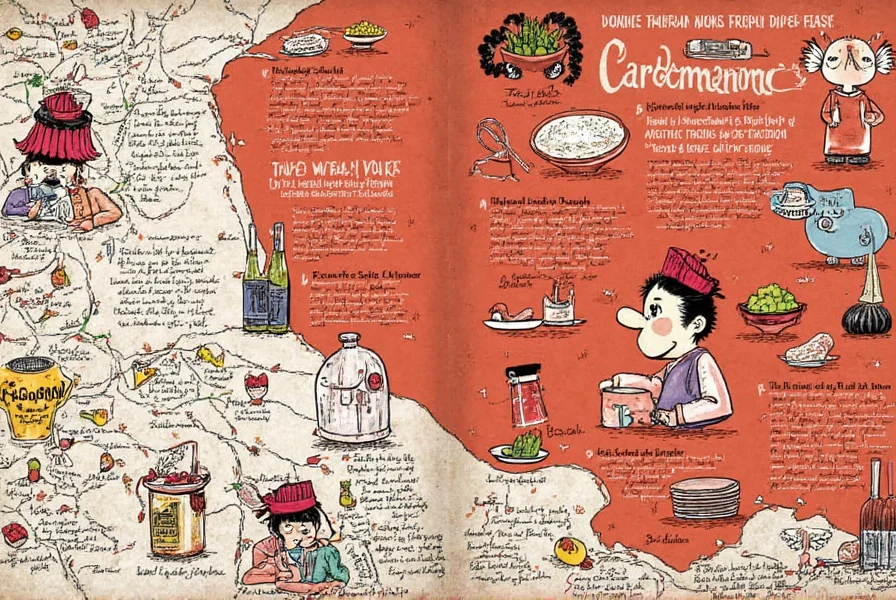
Contrary to some common misspellings like "cardomomo," cardamom is the correct term for this spice. The name comes from the Sanskrit "kardamom" meaning "small cardamom." Understanding the true nature of cardamom helps you make the most of its unique flavor profile in both sweet and savory dishes.
Spice Basics: What You Need to Know
Cardamom is derived from the seeds of plants in the ginger family (Zingiberaceae). It's one of the most expensive spices by weight due to its labor-intensive harvesting process. There are two main varieties:
- Green Cardamom (Elettaria cardamomum): The most common variety, with a sweet, floral, citrusy flavor. Used in both sweet and savory dishes.
- Black Cardamom (Amomum subulatum): Larger pods with a smoky, camphor-like flavor. Primarily used in savory dishes like curries and stews.
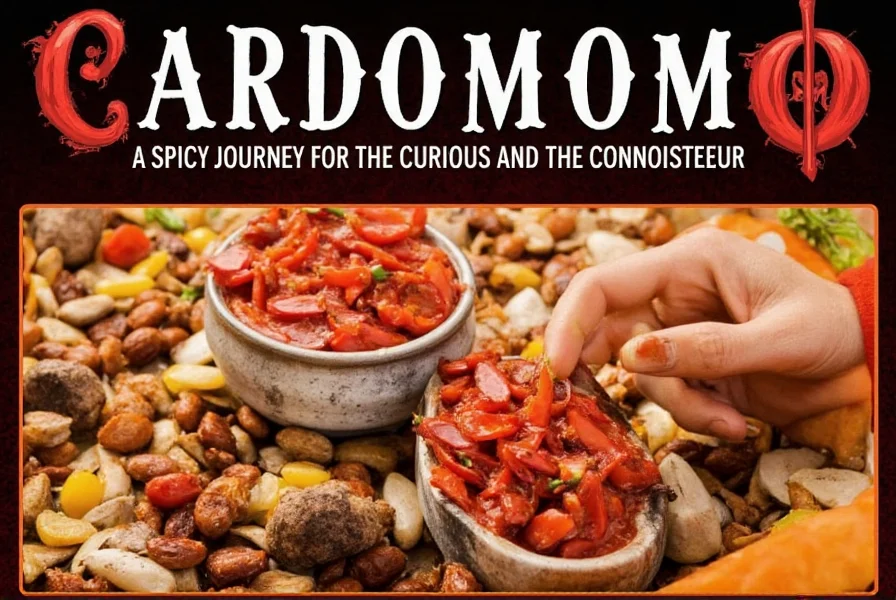
Cardamom's complex flavor profile includes notes of lemon, mint, eucalyptus, and ginger. It's commonly used in Indian, Middle Eastern, and Scandinavian cuisines. The spice has been valued for centuries not only for its culinary uses but also for its medicinal properties in traditional medicine systems like Ayurveda.
Practical Tips for Using Cardamom
Here are professional techniques to maximize cardamom's flavor in your cooking:
- Toast Whole Pods: Heat cardamom pods in a dry skillet over medium heat for 1-2 minutes until fragrant. This enhances the essential oils and releases more complex flavors.
- Crush Properly: For maximum flavor extraction, crush pods with a mortar and pestle or the flat side of a knife. Remove the husks before grinding the seeds for baking applications.
- Timing Matters: For savory dishes, add whole pods early in cooking to infuse flavors. For baked goods, add ground cardamom toward the end of mixing to preserve volatile compounds.
- Use Sparingly: Cardamom is potent—start with 1/4 teaspoon per recipe and adjust to taste. Overuse can create a medicinal flavor.
- Pairing Guide: Cardamom complements cinnamon, cloves, nutmeg, ginger, and vanilla. It pairs exceptionally well with coffee, tea, chocolate, citrus, and tropical fruits.
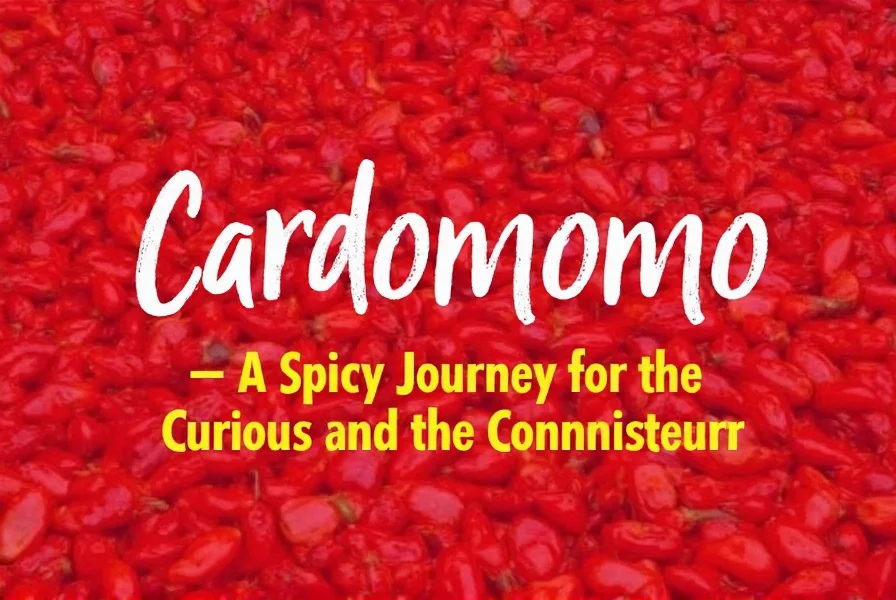
Cardamom is a key ingredient in traditional beverages like Indian masala chai and Scandinavian coffee. In Middle Eastern cuisine, it's essential in Arabic coffee preparations. For baking, it elevates everything from Swedish cardamom buns to Indian kheer (rice pudding).
Buying Guide: Finding the Best Cardamom
Quality matters when purchasing cardamom. Follow these expert guidelines:
- Check Freshness: Whole pods should be vibrant green (for green cardamom) with a strong, sweet aroma. Avoid pods that are dull, brown, or have no scent.
- Source Matters: Premium cardamom comes from Kerala (India), Guatemala, or Sri Lanka. Indian cardamom has more floral notes, while Guatemalan varieties are larger and more citrusy.
- Form Selection: Whole pods retain flavor longer than ground cardamom. Ground cardamom loses potency within 6 months, while whole pods stay fresh for up to 2 years when stored properly.
- Price Considerations: Genuine cardamom costs $15-$30 per pound. Extremely cheap products are likely adulterated or low quality.

Reputable sources include specialty spice merchants, Indian grocery stores, and trusted online retailers like Penzeys or Spice House. Look for products with harvest dates and transparent sourcing information.
Comparison Table: Cardamom vs. Other Spices
| Spice | Flavor Profile | Common Uses | Best For |
|---|---|---|---|
| Cardamom | Sweet, floral, citrusy, with hints of mint and eucalyptus | Baking, coffee, tea, curries, desserts, traditional medicines | Complex sweet dishes, aromatic beverages, and spice blends |
| Cinnamon | Warm, sweet, woody | Baking, coffee, desserts, savory meat dishes | Classic sweet applications and warm spice blends |
| Ginger | Pungent, spicy, slightly sweet | Cooking, teas, sauces, baked goods | Spicy and zesty dishes, digestive aids |
| Cloves | Strong, sweet, slightly bitter | Baking, mulled drinks, meat dishes | Strong and bold flavors, holiday baking |
| Nutmeg | Warm, nutty, slightly sweet | Baking, sauces, beverages | Rich and creamy dishes, custards |
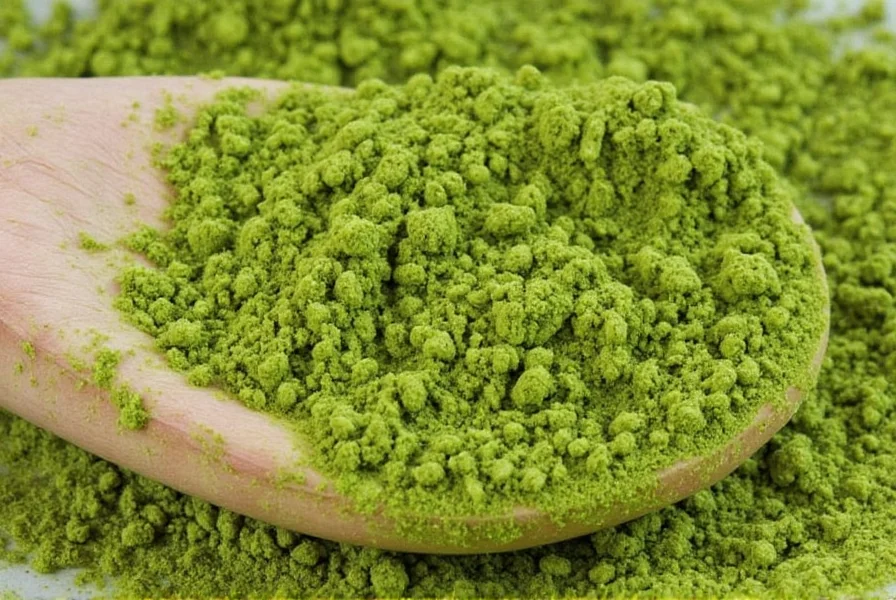
This comparison shows cardamom's unique position as a spice that bridges sweet and savory applications with its distinctive floral-citrus profile. Unlike cinnamon or nutmeg which are primarily sweet spices, cardamom works equally well in both domains.
Frequently Asked Questions
What is the correct spelling of cardamom?
The correct spelling is "cardamom" (kahr-duh-mom). "Cardomomo" is a common misspelling. The name originates from the Sanskrit "kardamom," which evolved through various languages including Arabic (qaradum) and English.
Is cardamom the same as cardamom spice?
Yes, "cardamom" and "cardamom spice" refer to the same spice. The term "cardamom" is the standard English name for this spice derived from the seeds of plants in the ginger family. There is no separate "cardamom spice"—it's simply called cardamom.
How should I store cardamom to maintain freshness?
Store whole cardamom pods in an airtight container away from light, heat, and moisture. Keep them in a cool, dark place like a pantry. Whole pods maintain optimal flavor for up to 2 years. Ground cardamom should be used within 6 months. Never store in the refrigerator as moisture degrades quality.
Can I substitute cardamom in recipes if I don't have it?
While no perfect substitute exists, for sweet dishes you can use a blend of 1/2 teaspoon cinnamon + 1/4 teaspoon nutmeg + pinch of ginger per 1/4 teaspoon cardamom. For savory applications, try 1/4 teaspoon allspice + pinch of ginger. However, cardamom's unique flavor profile is irreplaceable in authentic recipes.
What are the science-backed health benefits of cardamom?
Research shows cardamom contains antioxidants that may reduce inflammation and oxidative stress. Studies indicate it can help lower blood pressure, improve digestion, and freshen breath. The compound 1,8-cineole in cardamom has been shown to support respiratory health. However, it should complement—not replace—medical treatment for health conditions.
Why is cardamom so expensive compared to other spices?
Cardamom's high cost comes from its labor-intensive harvesting process—pods must be picked by hand when barely ripe. It requires specific tropical growing conditions and has low yield per acre. Additionally, the spice is highly perishable and requires careful post-harvest processing. Global demand from Scandinavian countries (where it's used in coffee) and Middle Eastern cultures contributes to its premium price.
These questions address fundamental aspects of cardamom that help you make informed decisions when purchasing and using this remarkable spice. Always verify information with reliable sources to ensure accuracy.
Conclusion
Cardamom is a truly remarkable spice with a rich history and versatile applications. Its unique flavor profile—combining sweetness, floral notes, and citrusy freshness—makes it invaluable in both sweet and savory dishes. From Indian curries to Scandinavian coffee, cardamom enhances culinary experiences worldwide.
When purchasing cardamom, prioritize whole pods from reputable sources to ensure quality. Proper storage and preparation techniques will maximize its aromatic potential. Whether you're a professional chef or home cook, incorporating cardamom into your repertoire will elevate your dishes with sophisticated, complex flavors.

Remember: the key to using cardamom effectively is understanding its true nature and respecting its potency. Start with small amounts and experiment to discover how this "Queen of Spices" can transform your cooking.

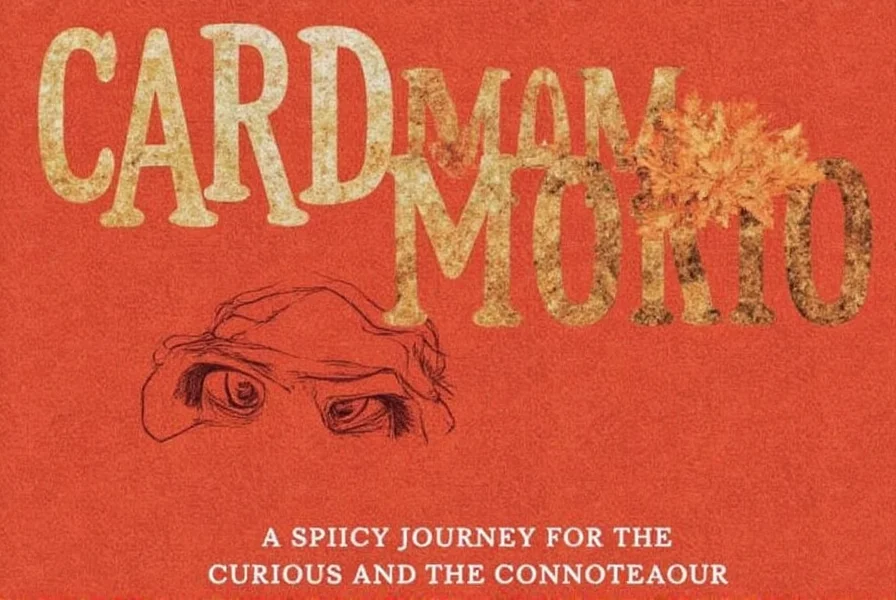









 浙公网安备
33010002000092号
浙公网安备
33010002000092号 浙B2-20120091-4
浙B2-20120091-4